[grwebform url=”https://app.getresponse.com/view_webform_v2.js?u=zZ4xV&webforms_id=18433203″ css=”on” center=”off” center_margin=”200″/]
Functional Electrical Stimulation (FES) is defined as “a rehabilitative technique where low level electrical voltages and currents are applied to an individual in order to improve or restore function lost to injury or disease” (Venkatasubramanian, Jung & Sweeney, 2006). The application of FES into exercise therapy equipment allows individuals to gain various health related benefits including improved:
• Cardiovascular function
• Muscle strength
• Range of motion
• Local circulation and reduced spasticity
All of which are commonly affected by neurological injury.
Exercise therapy
When considering cycling activity, FES can be applied over multiple channels, which means that multiple muscles can be activated in a controlled and coordinated manner to enable a specific movement to occur.
Cycling activity is commonly considered to be exercise (“activity requiring physical effort, carried out to sustain or improve health and fitness” Oxford dictionary) and in an able-bodied population this is the case. However, as soon as FES is applied we are introducing a “rehabilitative technique” to PATIENTS, meaning that FES assisted cycling activity must be considered as exercise therapy (“a regimen or plan of physical activities designed and prescribed for specific therapeutic goals.
Its purpose is to restore normal musculoskeletal function or to reduce pain caused by diseases or injuries” US national library of medicine). So, to determine the achievement of specific therapeutic goals, there must be continued support available throughout the course of the exercise therapy, be this by face to face contact, phone or online support.
Long term and progressive
In the case of a spinal cord injury (SCI) the potential for restoration of normal musculoskeletal function is significantly reduced or even eliminated, meaning that the course of the exercise therapy is lifelong.
As a result, any goals set as part of the regimen must be both long term and progressive to maximise rehabilitation potential and quality of life. The need for this continued support is further evidenced by published reports that one of the primary barriers to rehabilitation adherence is lack of appropriate support and diminished self efficacy.
Evidence from other fields such as weight loss (weightwatchers, slimming world) and smoking cessation (initiatives such as STOPtober) show the importance of continued support. The RT300, and indeed all the Restorative Therapies equipment, is linked via SAGE to an extensive online database where all sessions are uploaded and stored such that any session that is completed by an individual can be opened and analysed remotely to ensure that correct and effective therapy is taking place.
Furthermore, automatic progression can be enabled in the software to help to gradually progress the individual towards their agreed goal and weekly emails are sent to the individual to summarise their progress and to continue to motivate and encourage their participation in the therapy. This software also provides the opportunity to set up interval training programmes to focus upon different aspects of rehabilitation, such as muscular endurance, muscle strength or cardiovascular fitness which allows to more interesting, varied and effective therapy.
In the next article we will look more closely at the low-level risks of FES and how to control them, as well as the need to review and amend therapy.

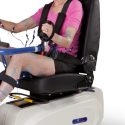
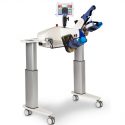
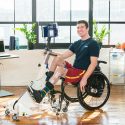
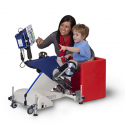
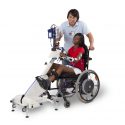
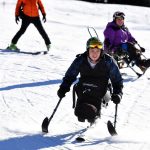

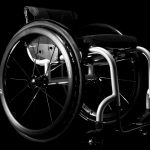

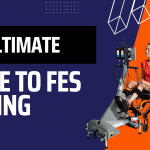
Recent Comments